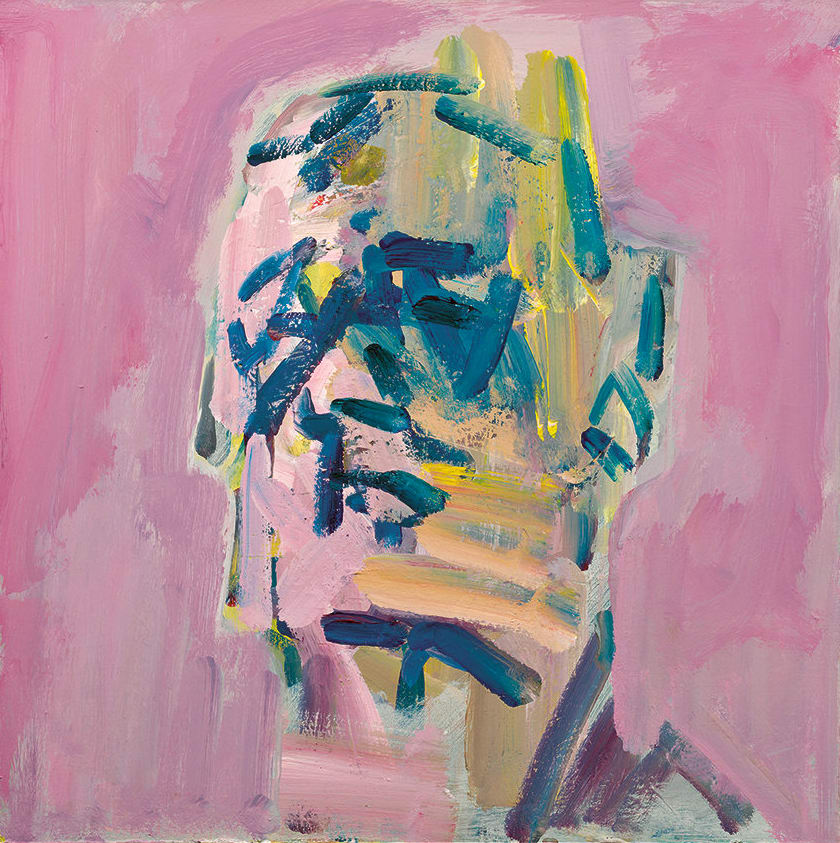I think of painting as something that happens to a man working in a room, alone with his actions, his ideas, and perhaps his model. He is affected by his circumstances, and by the standards and events of his time, but he seems to me to be the sole coherent unit.
- Frank Auerbach
Frank Auerbach’s (1931-2024) work presents a visceral immediacy arguably unrivalled in Modern and Contemporary British art. He is best-known for his dense, heavily layered impasto oil paintings which render his subjects in abstracted compositions that push the boundaries of pictorial perception. His artworks almost exclusively depict people and places he knew closely, including his wife Julia Wolstenholme and the streets around his lifelong studio and home in North London. The intimate relationships he had with those he chose to paint is complemented by his stylistic approach, one grounded in the reduction of form to its most essential identifying components. This abstract figurative language is accompanied by a liberal and bold use of colour across his oeuvre.
Auerbach was born in Berlin, Germany in 1931 to a middle-class Jewish family. In 1937, to escape Nazi persecution his parents sent him to live in England, where he attended Bunce Court School, Kent – a progressive private boarding school which encouraged self-expression, where Auerbach was able to follow his passions for visual art and drama. He became a naturalised British citizen in 1947. Having shown early promise as an artist at school, the following year he moved to London to study at St Martin’s School of Art (1948-52). He then went on to complete his further education at the Royal College of Art, London between 1952 and 1955, where his fellow students included British artists Leon Kossoff and Bridget Riley. Between 1948 and 1954, he also attended regular painting classes at Borough Polytechnic lead by influential British artist David Bomberg.
Soon after graduating from the Royal College Auerbach began teaching. Between 1955 and 1965, he held visiting lecturer positions in London at the Sidcup Art College, Slade School of Fine Art, and, most prominently, Camberwell College of Arts. Throughout his teaching career, he continued to make work and, in 1956, had his first solo exhibition at the Beaux Arts Gallery, London. Widely recognised for his unique approach to painting, Auerbach’s work received early commercial success, and he went on to exhibit consistently with Beaux Arts until the gallery’s closure in 1965. Following this, he regularly showed new work at commercial galleries internationally, most notably with Marlborough Fine Art until 2018.
Auerbach’s work has been the subject of many museum and institutional retrospective exhibitions. His first major survey show was held at the Hayward Gallery, London in 1978 (travelling to the Fruit Market Gallery, Edinburgh). In 1986, he received international acclaim when he represented Great Britain at the 42nd Venice Biennale, for which he was awarded the Biennale’s prestigious Golden Lion prize. Other major museum shows include at the National Gallery, London (1995), Kunsthal Charlottenborg, Denmark (2000), Royal Academy of Arts, London (2001), Tate Britain, London (travelling to the Kunstmuseum, Bonn) (2015), and The Courtauld Gallery, London (2024).


